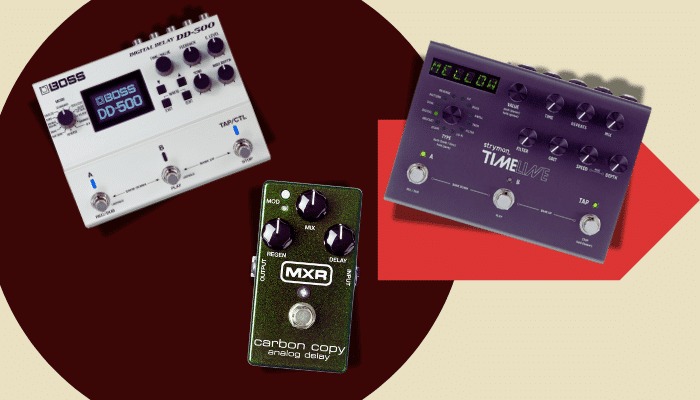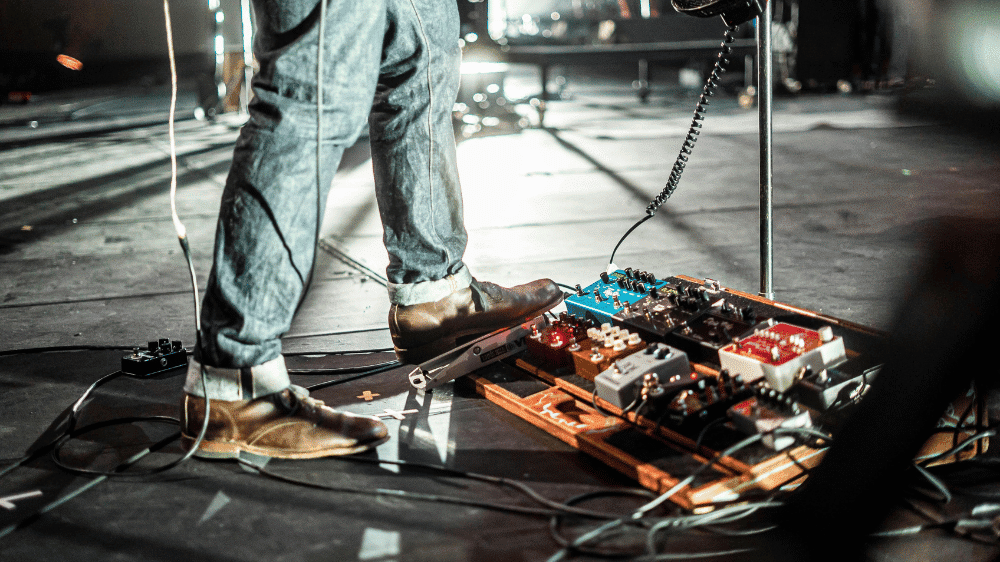You’ve got a compressor on your board, and you’re wondering: can this thing actually work as a solo boost?
The short answer is absolutely! And using a compressor pedal as a boost might just be the secret weapon your solos have been missing.
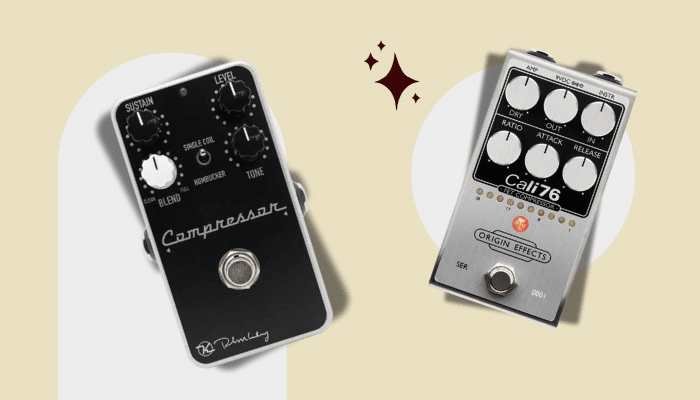
While most guitarists think of compressors as “always-on” utility pedals for evening out their dynamics, savvy players have been using them as creative solo boosts for decades.
Unlike a traditional clean boost or overdrive, using a compressor pedal as a boost offers something unique: extra volume and sustained notes that sing without changing your core tone.
Table of Contents
Why Use a Compressor Pedal for Guitar Solos?
Instead of just using a clean boost or pushing your amp harder, a compressor offers three clear advantages that can change how your solos cut through the mix.
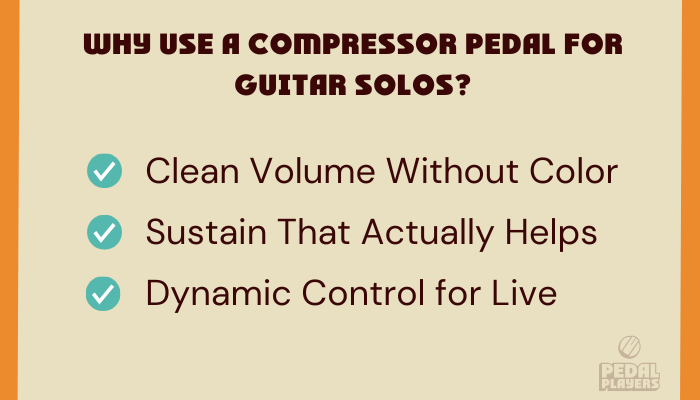
1. Boost Volume Without Losing Tone
The biggest advantage of using a compressor for guitar solos is getting that extra push without altering your amp’s character. When you crank the level on your compressor, you’re essentially getting a clean boost that maintains your original tone. No extra dirt, no frequency changes, just more of what you already love.
This is especially valuable if you’ve spent time dialing in the perfect clean tone or if you’re running into a slightly driven amp that you don’t want to push into full saturation.
2. Add Sustain That Supports Your Playing
Here’s where using a compressor pedal solo boost really shines: it doesn’t just make you louder, it makes your notes last longer. That extra sustain can be the difference between a note that dies out awkwardly and one that beautifully takes you into your next phrase.
For lead players, this extra sustain can even help entice that lovely controlled feedback from your amp. Now that’s something a simple, clean boost can’t deliver.
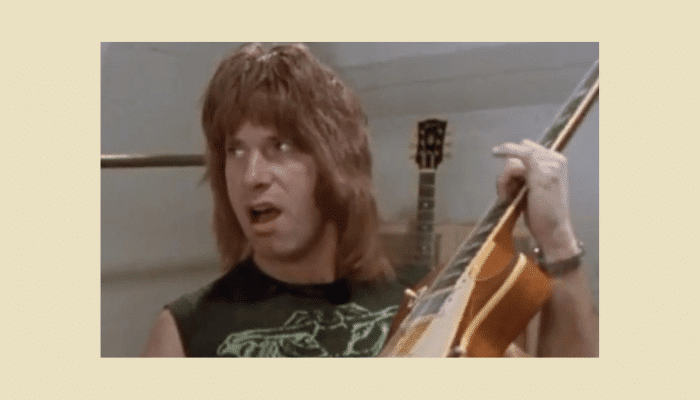
3. Control Dynamics for More Consistent Live Sound
In a band mix, sometimes the issue isn’t just volume, but it’s consistency. A compressor pedal solo boost smooths out the natural volume variations in your playing, ensuring every note in your solo cuts through without any of your phrases getting buried.
How to Set Up a Compressor Pedal as a Boost
Getting your compressor to work as an effective solo boost comes down to the right settings and smart placement. Here’s how to dial it in.
Essential Compressor Pedal Settings for Solo Boost
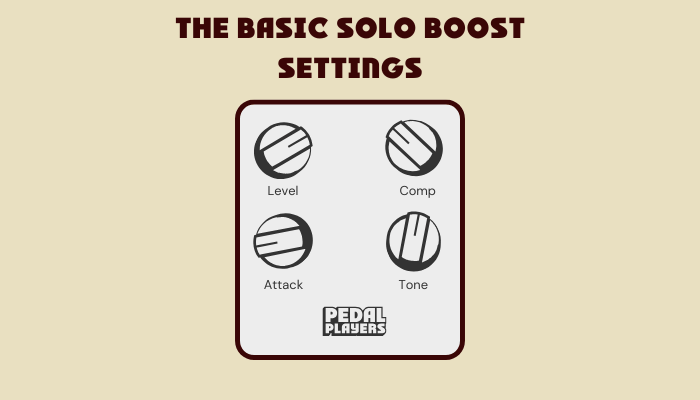
Start with these foundational settings and adjust to your taste:
- Level/Volume: Start around 2-3 o’clock (this is your boost amount)
- Sustain/Compression: Keep it moderate. Around 10-11 o’clock
- Attack (if available): Slower attack preserves your pick dynamics
- Tone (if available): Set to neutral or slightly bright
The key here is using the level control as your primary boost method while keeping the actual compression fairly low and subtle.
Overall, you want to get the volume and sustain benefits without squashing your tone completely.
Best Compressor Pedal Settings for Guitar Solos
Your ideal settings depend on your playing style and rig, so be prepared to make change. But here’s some starting points:
For Clean Solos
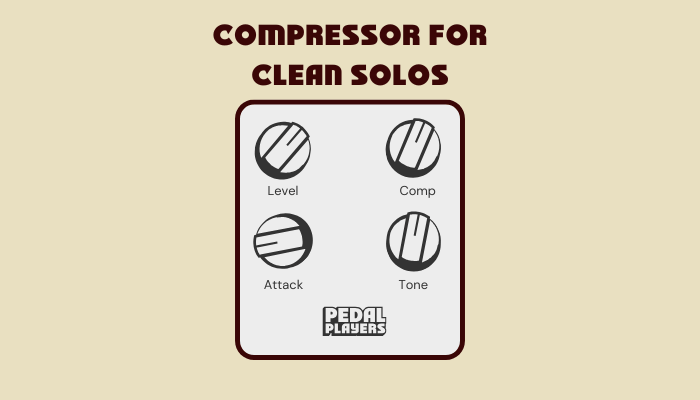
- Higher sustain settings work well since you need that compression to add body
- Level around 1-2 o’clock for moderate boost
- Slower attack to maintain note clarity
- Tone to taste
For Driven Tones
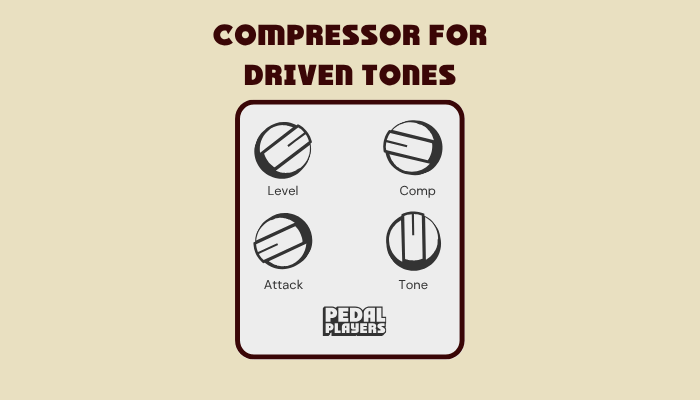
- Lower sustain to avoid over-compression
- Higher level settings (2-3 o’clock) to cut through
- Faster attack if you want tighter response
- Tone to taste
For Always-On Use
- Conservative settings: sustain at 9-10 o’clock
- Level at 12-1 o’clock
- Faster attack for a tight response
- Tone to taste
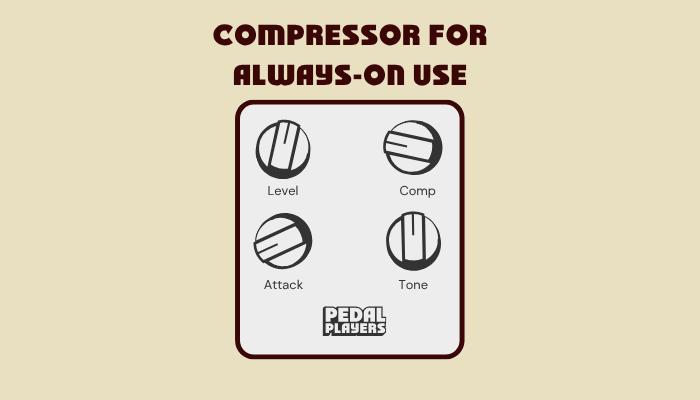
Where to Place a Compressor Pedal for Solo Boost
Where you place your compressor in the signal chain dramatically affects how it sounds and feels as a boost. Here are the most effective approaches.
Before Your Amp (Traditional)
This is the most common method. The compressor goes early in your signal chain, before any drive pedals or your amp’s input.
This placement gives you:
- Clean boost that hits your amp’s front end
- Natural interaction with your amp’s preamp
- Ability to push drive pedals harder if desired
- Be aware, this might not give you much volume increase
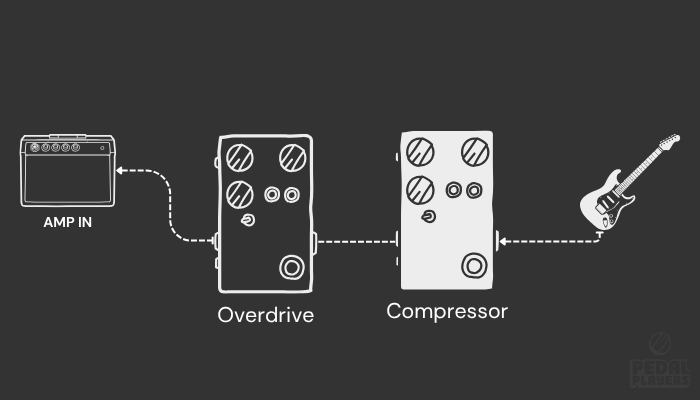
In Your Effects Loop
Some players get awesome results running their guitar compressor pedal boost in the amp’s effects loop, especially for solos. This placement:
- Boosts your signal after the preamp gain structure
- Avoids changing your amp’s saturation character
- Works particularly well with high-gain amps

After Drive Pedals
If you’re using the compressor specifically for solo sections, try it after your overdrive or distortion pedals. This smooths out the already-driven signal and can help sustain notes that might otherwise fade too quickly. It’s also more likely to give you a volume increase if needed (if you have the headroom available in your amplifier).
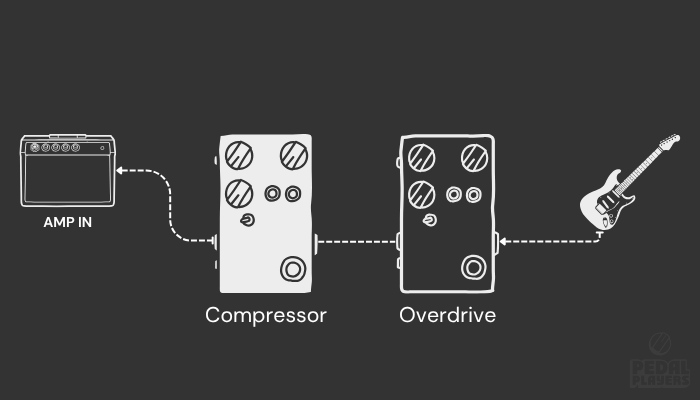
Compressor vs Clean Boost: Which Is Better for Guitar Solos?
Not sure if you should use a compressor or stick with a traditional clean boost? The choice depends on what you’re trying to achieve with your solos.
When Compressor Boost Works Better
Choose a compressor over a clean boost when you need:
- Extra sustain along with volume
- Smoother, more consistent output
- To maintain your existing tone color
- Help with controlled feedback
- Less pick attack variation in your solos
When Clean Boost Might Be Better
Stick with a traditional clean boost if you:
- Want to preserve every nuance of your picking dynamics
- Need a simple, transparent volume increase
- Already have plenty of natural sustain
- Prefer the feel of uncompressed signal
The truth is, both approaches work. It’s about what serves your music better.
3 Compressor Mistakes That Can Ruin Your Solo Boost
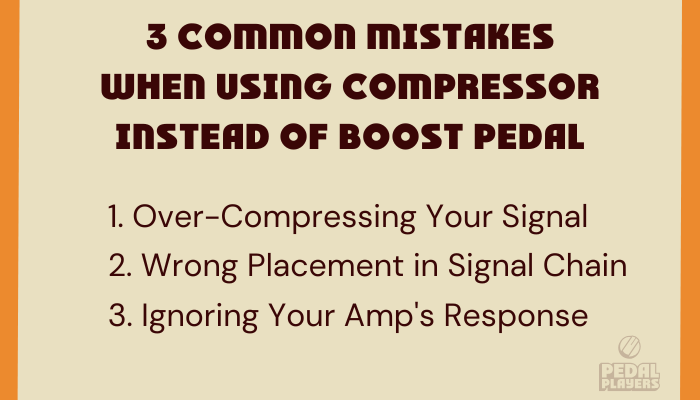
Even experienced players can stumble when first using a compressor as a boost. Avoid these three pitfalls to get better results faster.
1. Too Much Compression Can Kill Your Tone
The biggest mistake is cranking the sustain control too high. Remember, you’re mostly using the level control for boost. The compression should be subtle support, not the main event.
2. Placing Your Compressor in the Wrong Spot
If your compressor boost sounds muddy or doesn’t cut through, try moving it to different positions in your chain. Sometimes a simple relocation solves everything.
3. Not Accounting for Amp Response
Your amp’s headroom matters. If you’re already pushing a small tube amp hard, adding compressor boost might just create more saturation rather than clean volume increase.
Real-World Test: How I Use a Compressor as a Boost
I’ve been using a compressor as a solo boost on my smaller pedalboard for years (the Boss CS-1), and here’s what I’ve learned:
Set it just a bit louder than your bypass level, and let that slight EQ flattening work for you. The solos get the volume they need without becoming piercing or harsh.
Other players swear by pedals like the Keeley Compressor Plus or MXR Dyna Comp for this. The key isn’t the specific pedal you use. It’s understanding how your compressor interacts with your specific rig.
Should You Use a Compressor Pedal as a Solo Boost?
Using a compressor pedal as a boost isn’t just possible, it’s a legitimate technique that many professional players rely on.
The combination of clean volume increase, sustained notes, and consistent output can be exactly what your solos need to cut through a mix without losing their musical character.
Start with conservative settings, experiment with placement in your signal chain, and remember that the best compressor pedal boost is one that serves your music, not your ego.
Whether you’re looking for subtle enhancement or dramatic sustain, the right compressor setup can transform how your solos sit in the mix.
FAQs
Can you use a compressor as a solo boost?
Absolutely. A compressor’s output or makeup gain can be cranked above unity to function as a volume boost for solos. This gives you louder, sustained leads with some subtle tonal coloring since the compression circuitry is actively shaping your signal.
The key is understanding that you’re getting more than just volume—you’re also getting the character that comes with compression.
Where should a compressor go for solos: before drive or after?
For clean, dynamic solos, place the compressor before your drive pedals to add sustain and fullness that feeds into the distortion naturally.
If you put it after drives, it smooths out volume inconsistencies but also amplifies any noise from your dirt pedals. Most players start with the compressor-before-drive approach and adjust from there.
Does a compressor color the tone like a boost?
Yes, compressors aren’t tone-neutral when used as boosts. They introduce character from the compression circuit itself. Even light compression adds texture and warmth compared to a dedicated clean boost.
This coloring isn’t necessarily bad. Many players specifically want that compressed “glue” in their solos.
What compressor settings work best for solo boost?
Start with these settings and adjust to taste: low-to-moderate ratio (2:1–4:1) for dynamic control without squashing, medium to slow attack so your pick transients stay sharp, medium release to sustain notes without overwhelming decay, and boosted output just above unity for that solo volume lift.
Remember, the output/level control is doing most of the boost work here.
Will compression introduce noise after distortion pedals?
Yes! Placing a compressor after distortion amplifies both your signal and any noise from your dirt pedals. To avoid unwanted hiss, put the compressor before your drive pedals or add a noise gate later in the chain.
This is one reason why the traditional “compressor first” approach works so well.
Why use a compressor instead of a clean boost?
A compressor offers dual benefits that a clean boost can’t match:
Controls dynamics while increasing sustain.
Adds tone-thickening character, especially with optical compressors.
A clean boost only raises level without shaping your tone. If you want both volume and sustained, controlled dynamics, the compressor approach makes sense.
Is a compressor as effective as a dedicated booster?
Both serve different purposes, so it depends on what you’re after:
Use a clean boost for transparent level increase that preserves every nuance of your playing.











